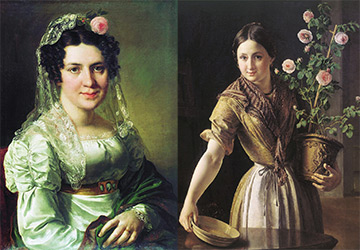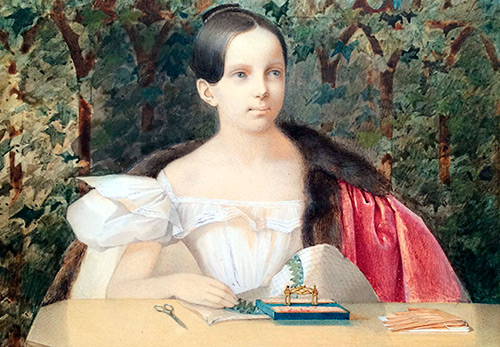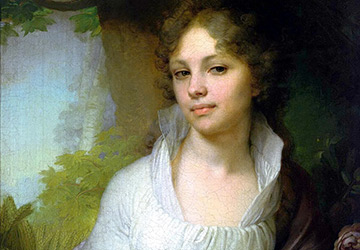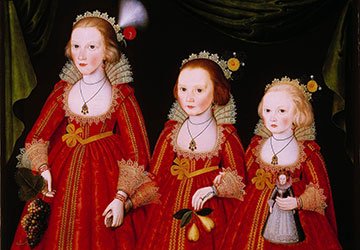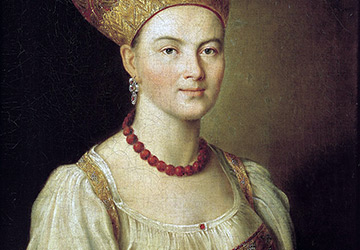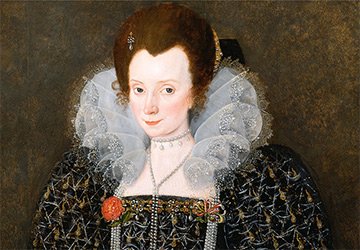Art
Portraits of women of the 18th century by artist Rokotov
Fedor Stepanovich Rokotov, possessing a rare the gift of an artist, belongs to the number of portrait painters of the eighteenth century. His inimitable sense of color, his virtuoso mastery of the brush to convey “the souls of a changeable omen” were appreciated by his contemporaries and continue to delight and captivate viewers who come to museum halls today.
Fyodor Stepanovich was born around 1735 - 1736, descended from the serfs of Prince P.I. Repnin. Rokotov's childhood passed in the prince's estate, in the village of Vorontsovo. Researchers of the life of Rokotov, about whom very little is known, found that at an early age Rokotov was freed from serfdom, occupied a special position in the prince's house, and received a very decent education for that time.
Perhaps he was an illegitimate child from the Repnin family ?? Most likely, this is so, which is why from an early age he had patrons among the court circle. Thanks to Count I.I. Shuvalov, Rokotov was enrolled in the Academy of Arts, where he was already a trained master of painting.
Rokotov's rapid success is further explained by his participation in the coronation celebrations on the occasion of the accession to the imperial throne of Catherine II. The composition of his ceremonial portraits of noble persons, including Tsarina Catherine II, is completely different from the previous tsarist images.
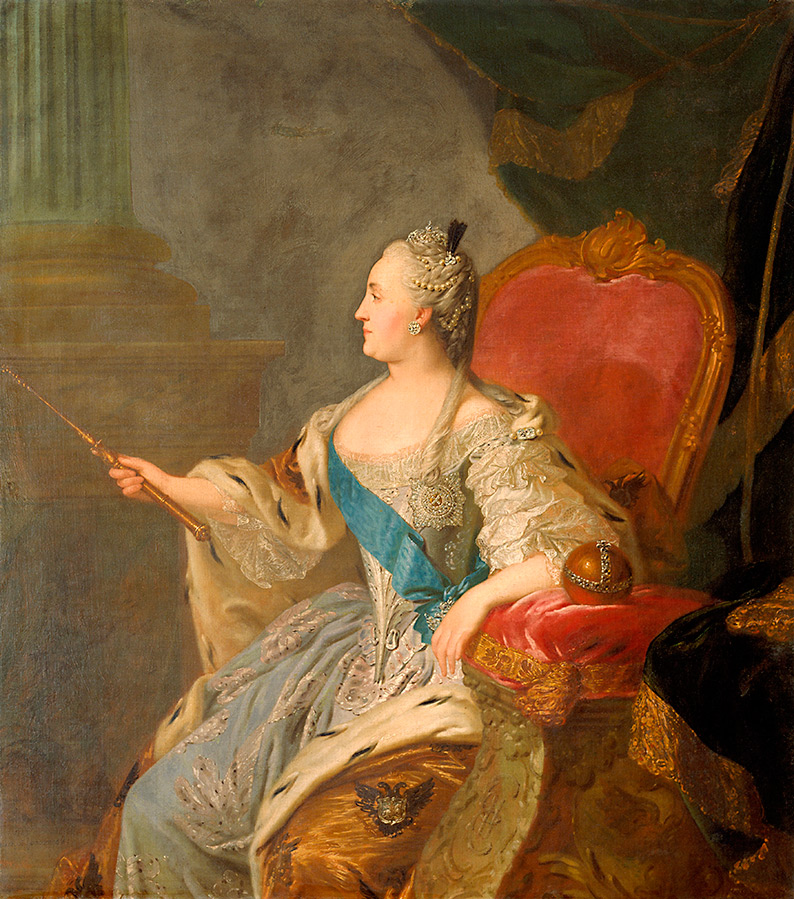
In the portrait of Rokotov, Catherine II sits freely, slightly turning in an armchair, as if conducting a friendly conversation with someone. In this portrait, Catherine II was perceived by the audience of that time as the hope of enlightened people, the ideal of justice. Indeed, at the beginning of her reign, Catherine herself supported the ideas of enlightenment and love of freedom. This portrait brought fame to the artist.
Many enlightened people of his time are captured in Rokotov's portraits. He was familiar with M.V. Lomonosov, architect V.I. Bazhenov, A.P. Sumarokov, V.I. Maikov. Many noble people of that time sought to order their images for a talented artist.
Rokotov established strong friendly ties with the families of the Obreskovs, Vorontsovs, Struisky, he was looked after by the Repnins, Golitsyns, Yusupovs.
He always had a lot of orders. He literally created art galleries of portraits of representatives of the same genus, among which were characters from different generations. Painter painted almost all of the noble Moscow.
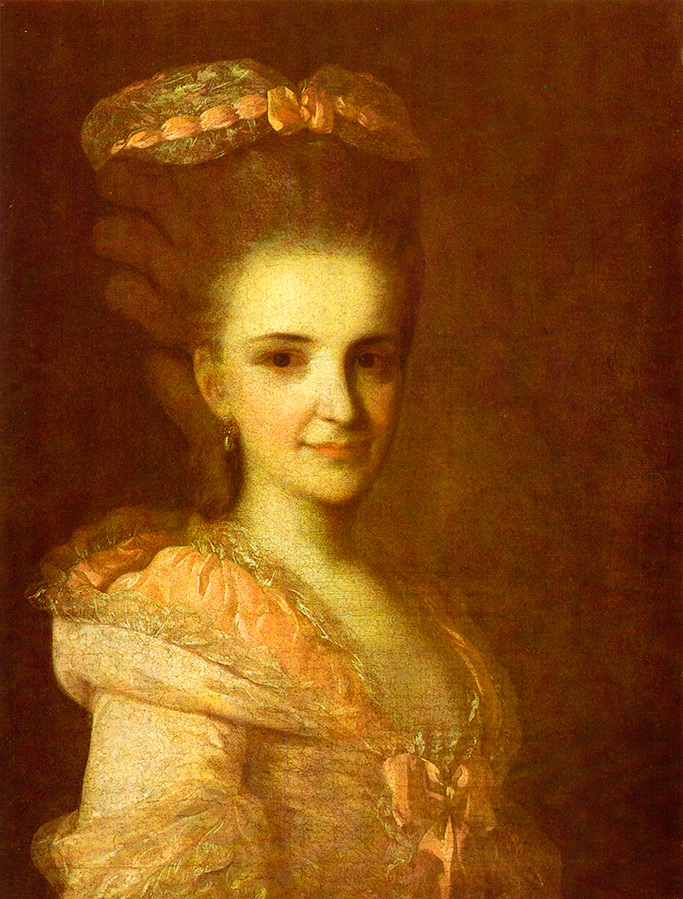
Painting above and painting below - portrait of an unknown
Artist Fyodor Stepanovich Rokotov
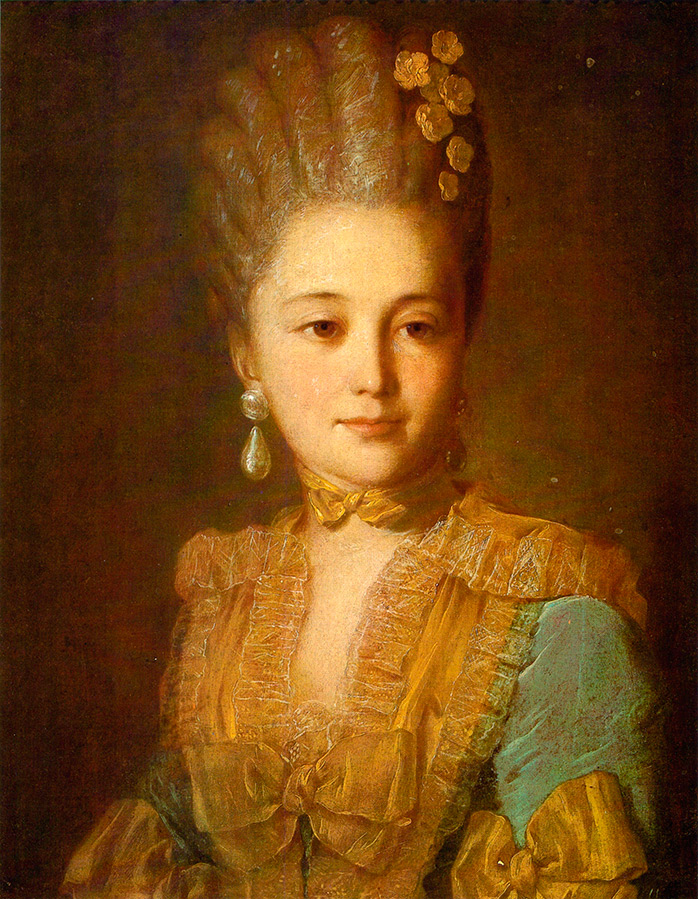
Under many portraits of Rokotov there are inscriptions "unknown" or "unknown", but they all attract with their charm, inner world, mystery, in which hidden feelings and experiences are felt. Apparently, these people were close in spirit to Rokotov.
One of the most interesting portraits is the twin portrait of the Struiskys. Nikolai Eremeevich Struisky treated Rokotov with great respect. In the portrait, we see a slightly tense person, with a feverish burning gaze and a crooked smile. He combined nobility, cruelty and passion for fanaticism for poetry.
In 1771 he retired and settled in his Ruzayevka estate, where he completely devoted himself to writing poetry. He wrote "day and night", even started his own printing house, in which he printed his poems. But in the same hall of art, where he admired literature and poetry, sometimes his own, cruel trials of his serfs took place, sometimes with the use of torture.
Struisky admired Rokotov's talent. In 1772 he commissioned two portraits - his own and his beloved wife Alexandra. Sasha was 18 years old at that time.
Her eyes are like two mists
Half smile, half cry,
Her eyes are like two deceptions
Covered in the mist of failure.
The portrait of A. Struyskaya delights with its beauty, restraint, harmony. Through the haze of the Rokotov brush, a magical vision opens in front of us with a gentle gaze, with a half smile and sadness.
Alexandra Petrovna Struyskaya inspired poetry not only to her husband, but thanks to the pictorial skill of Rokotov and other poets of her time. She became the embodiment of feminine charm, which was admired by both the artist's contemporaries and his descendants. And almost two centuries after her death, Nikolai Zabolotsky wrote:
... Do you remember how “from the darkness of the past,
Barely wrapped in satin
From the mouth of Rokotov again
Did Struyskaya look at us?
This woman, with her beauty and mystery, captivated poets. Was she happy? You involuntarily ask yourself this question when you look at the portrait of Struyskaya. Some contemporaries claimed that their marriage was happy, others denied it. Among friends and acquaintances, Struisky was known not only as an eccentric and original, but also as a tyrant.
His first wife did not live long and died of childbirth, after a while he also lost two twin daughters born in this marriage. Struisky was inconsolable in his grief and went to his estate Ruzayevka, where he met with young Alexandra.
Sasha had not yet had time to go out when a wealthy neighbor drove into the estate of her father, the landowner of the Nizhnelomovsk district of the Penza province, Ozerov. Seeing Sasha, Struisky forgot about his grief and immediately got married. The landowner Ozerov did not even dare to dream of such a rich groom, so the consent to the marriage was not slowed down.
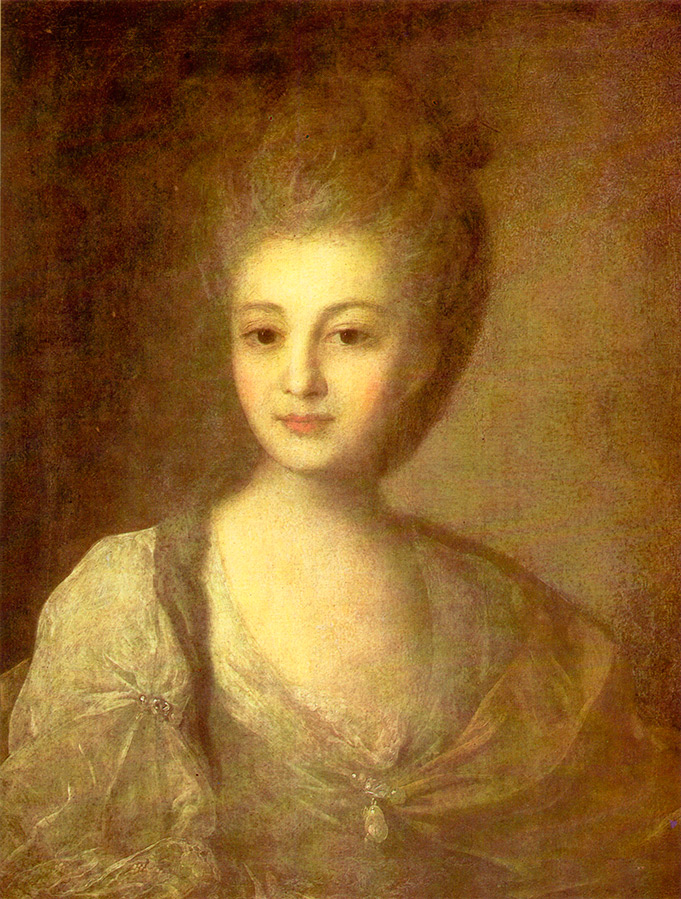
Portrait of A.P. Struyskoy
They got married in 1772. In the same year, N. Ye. Struisky ordered portraits of his and his beloved wife. Rokotov, portraying his models, did not try to embellish either mental qualities or appearance. And so we notice how different they are - Struisky and Alexandra Petrovna. In contrast to the neurasthenic and feverish Struisky, the portrait of his wife is striking in its restraint and harmony.
Undoubtedly, Rokotov was influenced by the beauty and charm of her personality. Pensive, expressive and sad eyes, her gaze is directed somewhere into the distance, as if she is peering into her future. It is a half-smile "and" half-cry "that makes us think - was it this happiness?
Contemporaries claimed that she lived in contemplation of the beauty that Struisky created around her. For her, he built a palace on the estate, similar to a jewelry box, and dedicated his poetic odes to her. In his poems, where she was called Sapphire, he expressed his love and worship. In their marriage, eighteen sons and daughters were born, of whom ten died in infancy.
The beauty and mystery of the portrait captivates us to this day. Perhaps because of the artist's crush on his model. Or maybe Rokotov portrayed Alexandra Struyskaya, endowing her with the spiritual qualities of his ideal?
The portrait painted by the great painter has preserved its beauty for us and is one of the best female portraits of the 18th century.
The artist lived his life all alone, without need or lack of anything. Fyodor Stepanovich helped his nephews, redeeming them from serfdom, and leaving his earthly life, left them an inheritance. The artist died on December 12, 1808 and was buried in the Novospassky monastery, but time did not save his grave. However, his portraits have survived, before which we stand pensively, peering into the faces of those who have long gone and remained known or unknown.
The estate in Ruzayevka has not survived to this day and disappeared, like many hundreds of other noble nests in the flame of the revolution. But his memory remained due to the fact that one of the most beautiful women of the 18th century, Alexandra Struyskaya, lived in Ruzayevka. Her portrait by Rokotov still attracts visitors to the Tretyakov Gallery.
Comments and Reviews
Add a comment
Similar materials
Rating news
Shades of clothing that make women look younger
What shades of hair make women younger: rules and photos
Funny wedding dresses - photos and ideas
12 most expensive down jackets for the winter
How to look 25 at 40: tips from supermodels
Beautiful schoolgirls
Anti-aging haircuts and hairstyles for women
Fashionable skirts for autumn and winter
Fashionable women's trousers for the cold season
Fashionable and stylish sandals for summer 2024
Spring-summer 2024
 Fashionable dresses and tops with thin spaghetti straps
Fashionable dresses and tops with thin spaghetti straps
 Bandana tops: how to wear stylishly and beautifully
Bandana tops: how to wear stylishly and beautifully
 How to put together the perfect men's wardrobe for the summer
How to put together the perfect men's wardrobe for the summer
 Fashionable shorts for spring-summer 2024
Fashionable shorts for spring-summer 2024
 Fashionable skirts for spring-summer 2024: a guide to online shopping
Fashionable skirts for spring-summer 2024: a guide to online shopping
 The most fashionable dresses spring-summer 2024: styles and colors
The most fashionable dresses spring-summer 2024: styles and colors
 Fashionable total look 2024: ideas of images and trends
Fashionable total look 2024: ideas of images and trends
